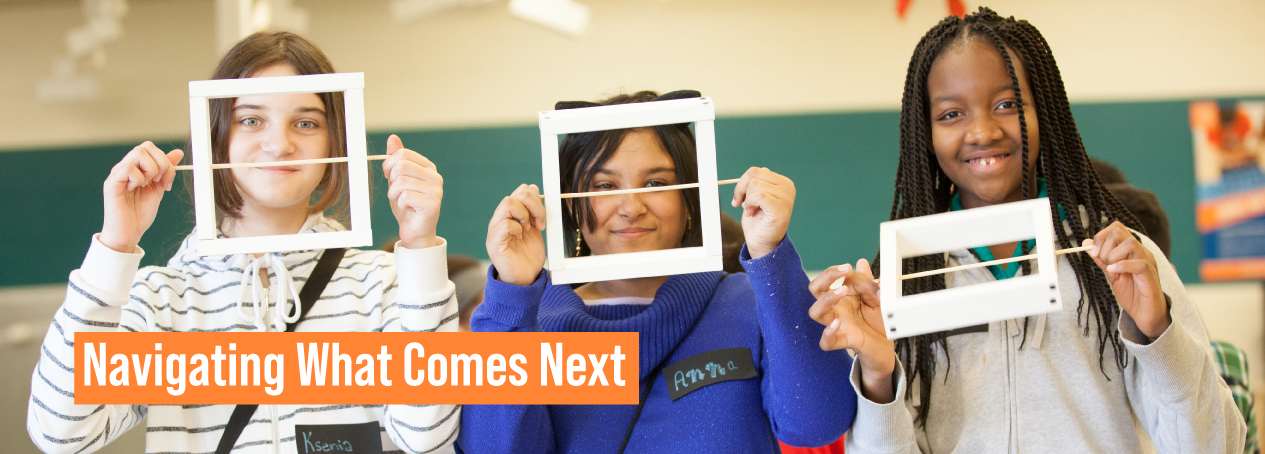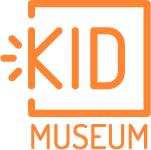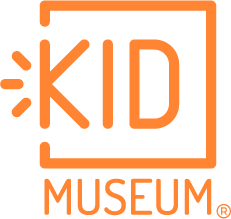
Somehow the isolation and alienation of remote learning is even worse this semester for my younger daughter, who was in 9th grade last year when her new high school life was abruptly put on pause. She doesn’t know anyone in many of her classes and most students keep their cameras off, so when she enters a breakout room she’s met with a dispiriting screenful of blank squares. Her teachers are valiantly trying to keep them on track, cramming as much content as possible into the compressed schedule, but the whole experience feels hollow. As my daughter put it, all of the “good parts” have been taken out of school.
As more schools reopen this spring, our kids need to be ready to go back, not to where they left off, but to something entirely unfamiliar. Rather than returning to normal, they will be facing yet another difficult transition in a year that’s been full of them. Social and emotional capabilities are key to helping them navigate what comes next.
It’s no secret that stress, anxiety, and isolation among children and teens have skyrocketed during the pandemic. My daughters are lucky — they’re not among the many children who have experienced food insecurity, unstable home environments, illness, loss, or the lack of necessary technology. In fact, an estimated 3 million children have not participated in learning at all since the pandemic began.
In the push to get students to “catch up” academically, there is a real danger that social emotional learning won’t get the attention it deserves, even as most educators understand that academic learning remains stalled without it. Years of research have proven that students who receive regular Social and Emotional Learning (SEL) develop stronger relationships, are more engaged in school, have higher GPAs, higher attendance rates, fewer behavior problems and lower anxiety. That’s why Montgomery County’s Black and Brown Coalition for Educational Equity and Excellence stresses the importance of SEL in their work to address Covid-related learning loss and pre-existing educational inequities.
And while these competencies are essential for addressing the unique challenges brought about by the pandemic, they are skills that last a lifetime. In a series of studies, Google and others have identified the top characteristics of workforce success as empathy, curiosity, being a critical thinker and problem solver, and working well with others.
Those characteristics are the very same ones we’ve built into KID Museum’s “Mind of a Maker” educational framework. Our unique maker programs incorporate technical skill-building with social emotional competencies; which is the whole point. Our programs weren’t designed to teach students STEM. Rather, STEM is a means to a much more important end: empowering kids with the mindset and aptitudes to meet any challenges they may face. And they are facing plenty.
Rather than being presented with yet another worksheet, students need to be activated and supported with hands-on learning that teaches technical skills while strengthening core social and emotional competencies. KID Museum has developed these programs, and we’ve been successfully delivering them to thousands of students from high-needs communities throughout the pandemic, thanks to our partnerships with Montgomery County Public Schools and District of Columbia Public Schools.
Teachers have told us how much they appreciate our bringing SEL up to the surface, with one explaining that KID Museum Invention Studio programming has “given me more confidence to say, hey, we’re learning a variety of skills here, not just how to build something. And because the content is fun, it allows those SEL skills to come about naturally.” Another described it this way: “‘Mind of a Maker’ is really ‘mind of a student’ — those are things you need to be able to do to be successful.” Maker programming also builds in social interactions as students work together to solve problems and collaborate on projects. Unlike my daughter’s experience of the blank Zoom breakout room, in these classes, teachers tell us proudly, “every student keeps their camera on.”
The reopening of public schools will be another new challenge in a year of great challenges. Providing kids with essential social and emotional learning not only equips them to meet these challenges, it gives them the opportunity to reclaim some of the “good parts” as well.

